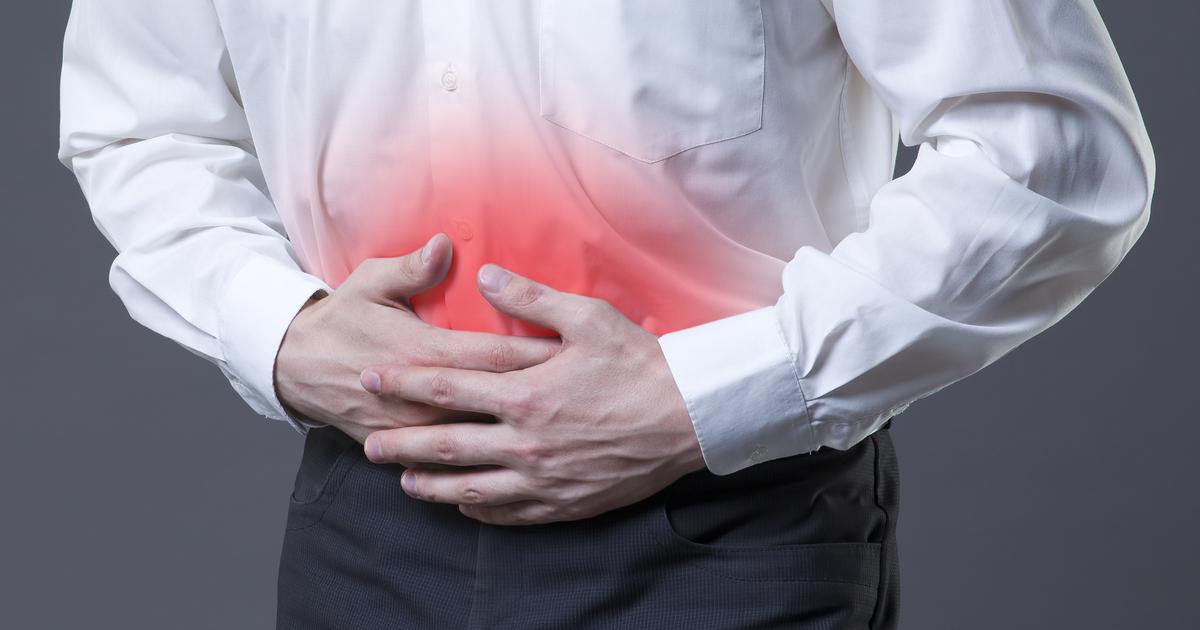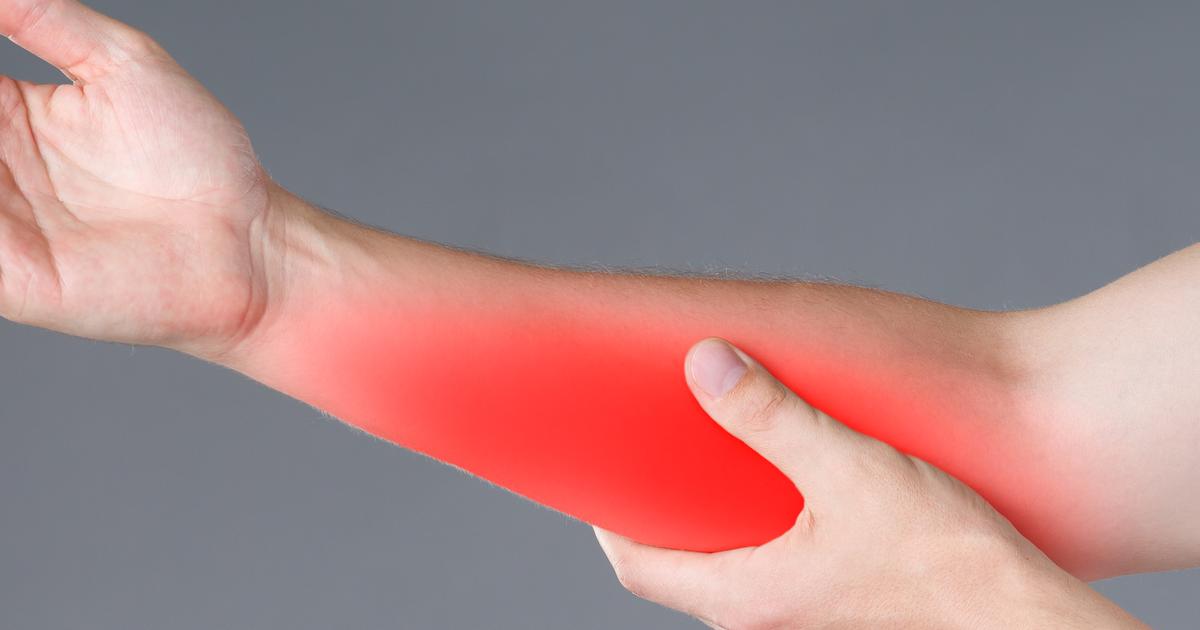Common And Serious Side Effects Of Statins
Statins are medications that reduce the amount of cholesterol in the blood. Doctors typically prescribe these drugs to patients who have elevated cholesterol, and they can also be prescribed to prevent and treat atherosclerosis, a hardening of the arteries. Research indicates statins help reduce a patient's risk of strokes, heart attacks, and death from cardiovascular disease by as much as thirty-five percent. Atorvastatin, fluvastatin, lovastatin, and simvastatin are some of the most commonly prescribed statins, and some patients also combine these with newer injectable drugs that can aid in reducing cholesterol. While statins are well tolerated by many individuals, certain patients are at an increased risk of developing side effects. For example, female patients and individuals over eighty years old are more likely to experience side effects, and patients who have liver or kidney issues could also have more unwanted side effects. When using statins, patients may need to have regular blood tests to monitor their cholesterol. The test results can be used to tailor treatment to the patient's needs.
The side effects discussed below are some of those patients might observe during treatment with statins.
Muscles Aches And Weakness

Muscle aches and weakness are frequently reported with the use of statins. Patients could experience mild discomfort or soreness, and they may also notice unusual tenderness in the muscles. Some patients could have more severe muscle pain that makes it hard to exercise or to perform daily activities. Research suggests patients on statins have a five percent chance of developing muscle pain, and it is often cited by patients as a major reason for wanting to discontinue the medication. Normally, the majority of muscle pain associated with statins occurs in the lower legs. Patients should always speak with their prescribing physician immediately if they notice any muscle pain while on statins. It may be possible to switch to a lower dose or another medication that does not have this side effect. To make it easier to cope with muscle pain, patients should try to avoid overly vigorous exercise, and taking a temporary break from statin treatment (with a doctor's approval) may help.
Get more details on the common side effects of taking statins now.
Abdominal Pain

Abdominal pain has been observed in many individuals who take statins. Patients could experience stomach cramps, and they might also notice constipation or diarrhea. Rarely, statins may cause liver damage or liver failure, both of which could trigger abdominal pain. For this reason, patients who notice any abdominal symptoms should be evaluated to check for potential liver issues. Doctors typically order liver function tests before starting a patient on a statin, and these tests are repeated if the patient shows signs of possible liver issues during treatment. To determine the underlying cause of abdominal pain and the potential for liver involvement, the doctor will ask the patient about his or her symptoms. Next, they will check the patient's skin and eyes for signs of jaundice, and an abdominal examination will be performed to check for any pain over the area of the liver. The physician might also estimate the size of the liver. If the doctor suspects the patient's abdominal pain might be caused by liver issues, further tests may be necessary, and the patient could be switched to another drug.
Read more about statin side effects now.
Insomnia

Some patients struggle with insomnia while taking statins, particularly a difficulty falling asleep. This could result in daytime drowsiness, and patients may feel mentally foggy or confused. It might take longer to complete tasks that require high levels of concentration. To make sleeping easier, patients can try to create a relaxing bedtime routine. For example, reading a book, listening to soothing music, or practicing meditation could promote sleep, and patients should also ensure their bedroom is cool, quiet, and dark. Turning off the computer and other electronic devices for at least one hour before bedtime might help as well. Since insomnia can be debilitating, patients who notice this symptom for more than a few days might want to consult with a sleep specialist about potential solutions, and they should mention their sleep difficulties to their primary care physician.
Continue reading to reveal more common side effects of statins now.
Gas Or Bloating

Some patients have noticed gas or bloating from statin use, and these symptoms are normally accompanied by abdominal pain. Patients who feel bloated might have a general loss of appetite, and they could observe swelling of their abdominal area. To ensure bloating is simply a side effect of the statins and not due to a serious medical condition, patients may need to have a physical examination, imaging studies, and blood tests. To ease bloating and gas, doctors recommend individuals avoid chewing gum, and limit carbonated drinks. Some patients have found adopting a lactose-free diet reduces their bloating and gas, and it can also be helpful to eat all meals and snacks at a slow pace. Lentils, dried beans, and vegetables that belong to the cabbage family could trigger gas, and patients might want to plan their meals to minimize or eliminate these foods. If necessary, doctors can prescribe additional medication to reduce gas and bloating.
Uncover more side effects of statins now.
Muscle Inflammation

Although rare, muscle inflammation is a serious side effect that could develop from the use of statins. Patients who take statins along with fibrates are at a higher risk of experiencing this side effect compared to patients who take statins without fibrates or other cholesterol-reducing medication. Rhabdomyolysis, an extreme and potentially life-threatening form of muscle inflammation, has been reported in 0.1 percent of patients who take statins. This condition causes widespread muscle pain and weakness, and it can lead to kidney failure. Patients who notice they suddenly begin having darker urine than normal should contact their healthcare provider immediately. Treatment for rhabdomyolysis typically includes intravenous diuretics such as mannitol, and patients may also need to undergo dialysis.
Read more about the potential side effects of statins now.
Dizziness

Although it is rare, patients who take statins could experience occasional dizziness, and the risk of this side effect may be greater for women over sixty years old. Taking Aspirin along with a statin could lead to increased dizziness, and dizziness tends to occur most often in those who have been taking statins for less than a month. Dizziness can increase the risk of falls and subsequent injuries. During an episode of dizziness, individuals should try to sit down as soon as possible. If a chair is not available, patients might wish to hold on to a table or another piece of furniture to steady themselves. Statins may lower blood pressure in some patients, and reductions in blood pressure could stimulate dizziness. It may help to monitor blood pressure regularly while on statins, and this should be done at home and the doctor's office. Patients will need to be particularly careful when getting out of bed in the morning. Ideally, they should sit up in bed for a few minutes and rest their feet on the floor before gradually transitioning to a standing position. Individuals who experience dizziness should mention this side effect to their physician. Further tests may be needed, and it might be possible to switch to another drug that does not cause this effect.
Discover additional side effects patients may see with statins now.
Headaches

Headaches are a fairly unusual side effect associated with statins. Doctors believe most of the headaches patients report with statin use could be tension headaches. These types of headaches develop due to muscle contractions, and experts theorize the muscle wasting that can occur while taking statins may be a contributing factor in these headaches. In a study of two hundred patients who used statins, headaches were reported by 16.5 percent of the participants. Recent research suggests vitamin D deficiencies could increase the risk of experiencing severe headaches or migraines from statins. Since severe headaches may indicate an underlying medical issue, patients who experience this side effect should let their healthcare provider know. Patients should ask their doctor about which pain relievers are safest for treating headaches while on statins, and it may be helpful to keep a headache journal that describes symptoms and triggers.
Get more information on the different side effects associated with statins now.
Rash Or Flushed Skin

The rashes associated with statin use are varied, and they could appear as a tiny patch of flat, pink bumps. They might also be raised and have a purple or reddish color. Itching may or may not be present with the rash. In some cases, the skin becomes very dry and starts to peel, and skin blistering has occurred in rare instances. Anecdotal evidence suggests flushed skin on the face due to statins could look like a sunburn. Rashes are more likely to occur with statin use in female patients over sixty years old, and studies have found rheumatoid arthritis patients and those who use Aspirin and statins together are both at an elevated risk of developing a rash. Scientists believe rashes and skin flushing could be a sign of hypersensitivity to statins, and patients taking these medications should have skin changes evaluated promptly. It may be necessary to discontinue the statin for a short time or switch to another type of statin to correct the issue.
Uncover more statin side effects now.
Nausea Or Vomiting

Nausea and vomiting are estimated to affect one patient out of every one hundred individuals who use statins. Patients who experience nausea or vomiting while taking statins should see a physician immediately. Some patients have reported constant nausea after starting a statin, and this may be followed by sporadic vomiting. To reduce the impact of nausea, it might be helpful to get outside in fresh air and to eat bland, soft foods as part of small meals. Avoiding strong odors and flavors could help as well. Patients should always see a doctor if their nausea occurs in conjunction with stomach pain. To help with vomiting, patients are advised to take small sips of fluids frequently to prevent dehydration. Flat soda, sports drinks, water, and fruit juice may be beneficial, and patients might want to consume foods or drinks that contain ginger. Patients should make a note of how often they experience vomiting while on statins, and they should share this information with their physician. Urgent medical care should be obtained if vomiting continues for more than one or two days or if the patient cannot keep down any fluids.
Continue reading to reveal more potential side effects of statins now.
Constipation Or Diarrhea

Digestive issues are fairly common with statin use, and as a result, patients could experience constipation or diarrhea. To treat constipation, patients are advised to increase their dietary fiber intake by adding more legumes, fruits, and cereals to their diet. Exercise can help as well, and patients need to ensure they are sufficiently hydrated. If necessary, taking a fiber supplement, stool softener, or over-the-counter laxative may help. Patients should see a doctor if they have not had a bowel movement in more than three days. To help alleviate diarrhea, doctors suggest avoiding dairy products and food high in fat and fiber. Taking an over-the-counter medication such as loperamide could help, and patients should see a physician if diarrhea continues for more than a few days or if it is accompanied by dehydration, black or bloody stools, fever, or severe abdominal pain.